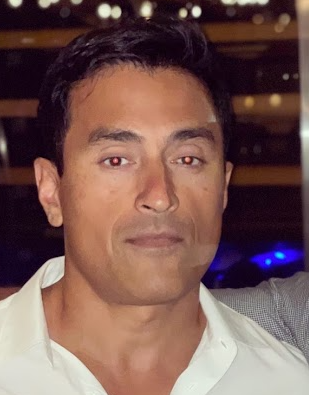Non-Vascular Radiology Procedures Simplified by Dr. Andrew Gomes
Non-Vascular Radiology Procedures Simplified by Dr. Andrew Gomes
Blog Article

The Major Energy of MRI in Neurology
Magnetic Resonance Imaging (MRI) has revolutionized the field of neuroimaging by providing highly step by step photographs of mental performance and spinal cord. Unlike old-fashioned imaging techniques, MRI employs powerful magnetic areas and radio dunes to produce three-dimensional photos, which makes it an important software for diagnosing neurological conditions. With the capacity to visualize smooth tissues with exemplary clarity, MRI aids in identifying tumors, inflammation, and other abnormalities that are often missed by different techniques. Dr. Andrew Gomes shows MRI as a cornerstone in contemporary neurodiagnostics.
The Position of Diagnostic Radiologists in MRI
Diagnostic radiologists are specialists experienced to understand the complex photographs produced by MRI scans. Their knowledge is essential in unique between typical and pathological studies, guiding treatment decisions for a wide selection of neurological conditions. Non-vascular interventional radiologists get an action further by using MRI to do precise, minimally intrusive procedures. By leveraging MRI information, they are able to target certain parts for biopsy or therapy, reducing individual risk and improving outcomes. In accordance with Dr. Andrew Gomes, the integration of MRI in to interventional radiology is a game-changer in patient care.
Dr. Andrew Gomes'Insights on Sophisticated MRI Techniques
Dr. Gomes is a respected supporter for the continuous improvement of MRI technology. He highlights the significance of advanced MRI practices such as for instance useful MRI (fMRI) and Diffusion Tensor Imaging (DTI). These practices give extra levels of data, including head activity and neural pathways, which are important for understanding complex neurological disorders. Dr. Gomes feels that incorporating these sophisticated techniques into schedule diagnostic practices enhances the reliability of diagnoses and the potency of therapy plans.
The Potential of Neuroimaging and Patient Attention
As MRI engineering continues to evolve, their purposes in neuroimaging are expanding. Potential developments may contain higher-resolution imaging, faster check situations, and more comprehensive data integration. These improvements offer to further improve diagnostic accuracy and therapy outcomes. Radiologists like Dr. Andrew Gomes Sugar land tx have reached the forefront of the improvements, ensuring that the latest MRI technologies are harnessed to supply the greatest requirements of patient care. Through continuing study and medical application, the ongoing future of neuroimaging keeps the prospect of even more amazing discoveries and increased individual outcomes.
Report this page